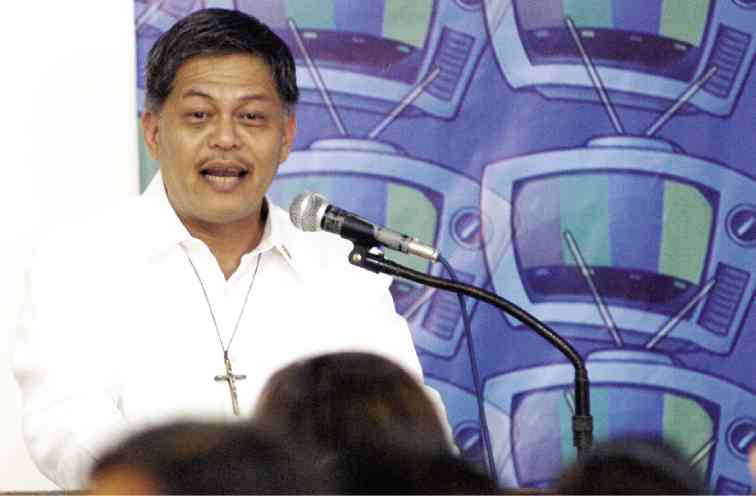Thousands of public schools lack clean water, toilets, DepEd reveals
MORE than 3,000 public schools—both elementary and secondary—have no regular source of safe and clean water.
This according to Education Secretary Armin Luistro who addressed the 2016 Rotary International Presidential Conference on Water, Sanitation and Hygiene in Schools (WASH) which opened at the Marriott Hotel in Pasay City on Friday.
The two-day conference was organized by the international civic organization to “spread awareness of the water crisis, share each other’s knowledge in finding solutions, and ultimately gain the commitment to implement these solutions, whether individually or collectively.”
According to Luistro’s PowerPoint presentation, the 3,628 elementary and secondary schools that have no regular source of safe and clean water represent 7.76 percent of the 46,739 public schools in the country—38,657 of them elementary schools, and 8,082 secondary schools.
“We have identified different sources—deep wells, rain catchments, water districts and nearby streams and rivers as sources of water. It is critical that the school managements recognize the advantages and disadvantages of such and monitor how these are used,” Luistro said.
Article continues after this advertisementAs for the number that had sanitation facilities, Luistro’s presentation showed 91.8 percent of the overall number of public schools in the country had toilets.
Article continues after this advertisementLouise Maule, sanitation and hygiene expert at the United Nations Children’s Fund, however, said that while the Philippines had a “relatively good” national toilet-to-pupil ratio—one toilet is to 39 pupils—“some areas are being missed.”
She cited as an example the Autonomous Region in Muslim Mindanao, which she said had a ratio of one toilet to more than 100 people.
“Hygiene promotion coupled with basic washing sanitation… not only improves children’s health but increases their performance in schools… but half of schools in lower and developing countries have no amenities,” Maule said.
She said that apart from the lack of amenities, globally there was also “still some way to go” before the facilities that do exist were something “we would like.”
According to Luistro’s presentation, there were at least 3,620 public schools that had “substandard” toilets. The DepEd also needs to check whether or not the toilets listed were actually functional.
“We want all schools to end up being three-star schools (including their toilets). We recognize getting there is a process,” Maule said.
